Last updated on
Discover essential tips and strategies to maintain your sanity and keep life functional while navigating the challenges of a kitchen remodel.
Renovating your kitchen can be an exciting project, but it can also be a daunting one. It’s not just about picking out new cabinets and countertops; it’s about living through the chaos that comes with a renovation.
From the constant noise to the dust and debris, there are many challenges that homeowners face during a kitchen remodel. But fear not! With some careful planning and preparation, you can survive this process with your sanity intact.
In this article, we’ll share some tips on how to live through a kitchen remodel without losing your mind (or your patience). So grab a cup of coffee (or wine) and let’s get started!
What's Inside
Planning Your Kitchen Remodel

Before you start tearing down walls and ripping out cabinets, it’s important to have a solid plan in place for your kitchen remodel. This will help ensure that the project stays on track and within budget.
Start by considering what you want to achieve with your new kitchen. Do you need more storage space? Are you looking for better functionality? Do you want to update the look of your kitchen?
Once you’ve identified your goals, create a list of must-haves and nice-to-haves for your new space. This will help guide decisions about layout, cabinetry, appliances, lighting fixtures, flooring options and other design elements.
It’s also essential to establish a realistic budget before beginning any work on the renovation project. Consider all costs associated with remodeling such as materials cost (cabinets countertops etc.), labor cost (contractor fees), permit fees if required by local authorities among others.
Creating a Budget

This will help you determine how much money you can afford to spend on the project and ensure that you don’t overspend. Start by making a list of all the things that need to be done in your kitchen, such as replacing cabinets or installing new appliances.
Once you have an idea of what needs to be done, research the cost of each item on your list. You can do this by visiting home improvement stores or searching online for prices.
Be sure to factor in any additional costs like labor fees and permits.
When creating your budget, it’s important not only to consider what is necessary but also what is realistic for your financial situation. Don’t forget about unexpected expenses that may arise during construction; always leave some wiggle room in case something comes up.
Hiring a Contractor

A good contractor can help ensure that your project runs smoothly and stays on budget, while a bad one can cause delays, cost overruns, and even damage to your home.
To find a reputable contractor for your kitchen remodel, start by asking friends or family members for recommendations. You can also check online reviews or ask for references from potential contractors themselves.
When interviewing contractors, be sure to ask about their experience with similar projects and request proof of insurance and licensing. It’s also essential to get detailed written estimates from each candidate so that you can compare prices accurately.
Remember that communication is key when working with any contractor. Be clear about what you want in terms of design elements as well as timelines and budgets before signing any contracts.
Deciding On Paint Colors

It can also be one of the most overwhelming decisions you’ll make during this process. With so many options available, how do you choose the right color for your space?
First and foremost, consider your personal style and taste. Do you prefer bold or neutral colors? Are there any specific hues that catch your eye? Take some time to browse through magazines or online galleries to get inspiration.
Next, think about the overall look and feel that you want for your kitchen. Do you want a cozy atmosphere with warm tones like reds or oranges? Or would cool blues and greens create a more calming environment?
It’s also important to take into account other elements in your kitchen such as cabinetry, countertops, backsplash tiles etc., when selecting paint colors so they complement each other well.
Lastly but not leastly test out samples before making final decision! Paint swatches may look different under various lighting conditions than they appear in store displays – try painting small areas first before committing fully!
Selecting Cabinetry
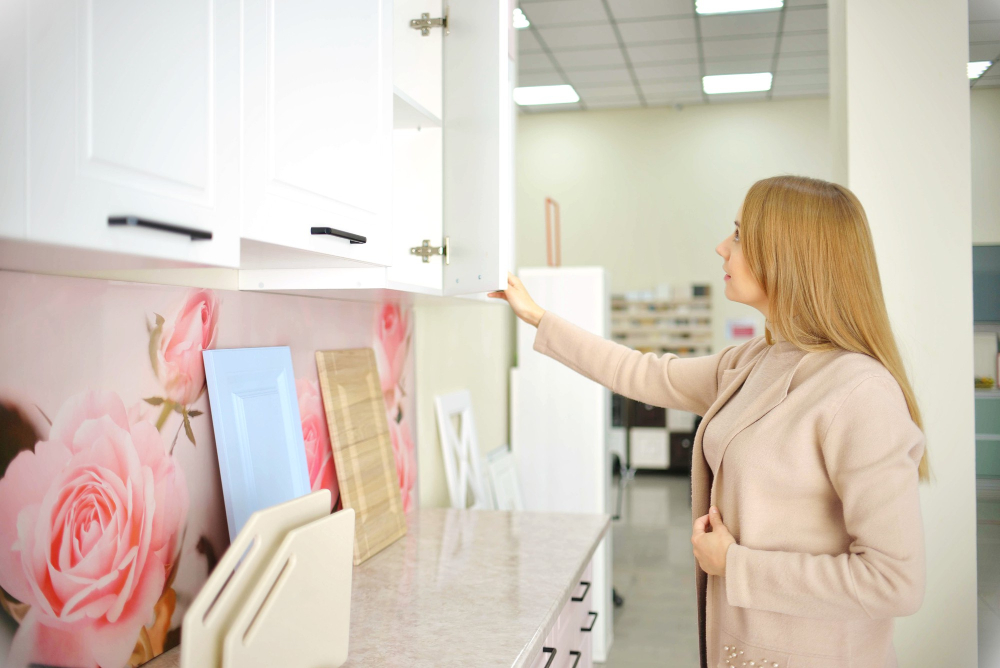
Cabinets are not only functional, but they also play a significant role in the overall design and style of your kitchen. When choosing cabinets, consider factors such as durability, storage capacity, and aesthetics.
There are many options to choose from when it comes to cabinet materials – wood being one of the most popular choices due to its durability and timeless appeal. However, there are other materials available that may better suit your needs or budget.
Another consideration is whether you want custom-built cabinets or pre-fabricated ones. Custom-built cabinets offer more flexibility in terms of design but can be more expensive than pre-fabricated ones.
Choosing Appliances
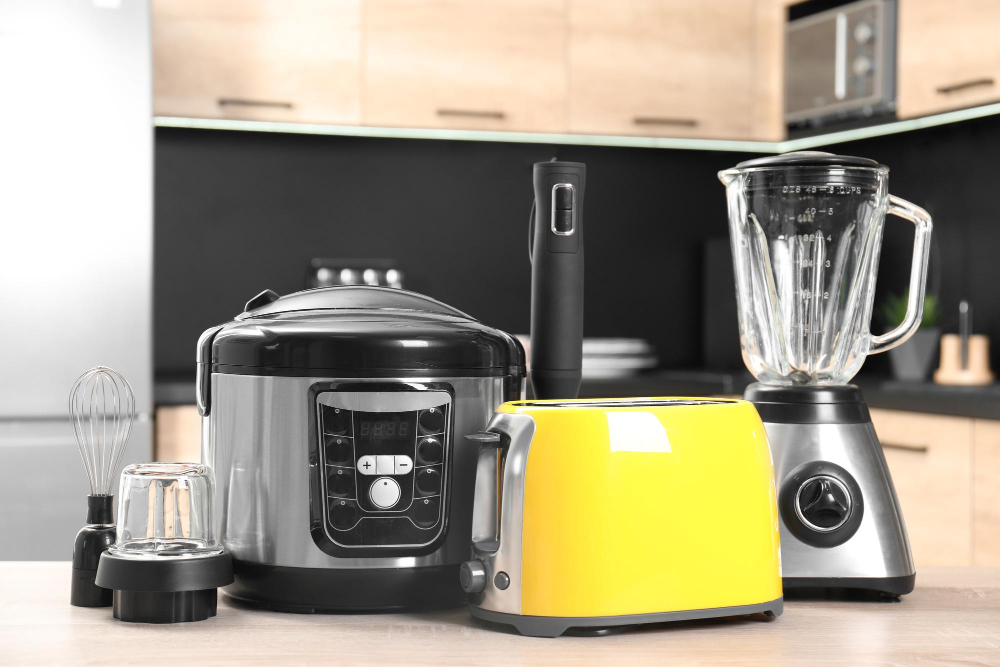
With so many options available, it can be overwhelming to decide which ones are right for you. Before making any purchases, consider your lifestyle and cooking habits.
Do you need a double oven or will a single one suffice? Are you an avid cook who requires high-end appliances or do basic models work just fine? think about the style and design of your kitchen; stainless steel may look sleek but might not fit in with other elements in your space.
Once you have determined what type of appliance suits your needs best, research different brands and read reviews from other homeowners who have purchased them before. Don’t forget to factor energy efficiency into the equation as well; while more expensive upfront costs may seem daunting at first glance when considering long-term savings on utility bills they could end up being worth it.
Picking Countertops
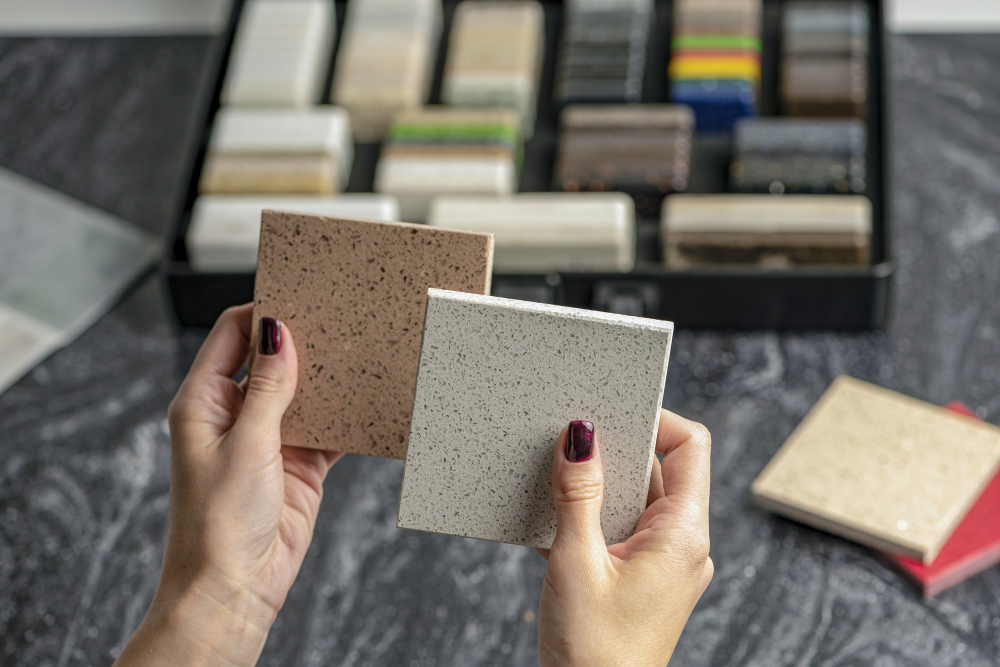
Not only do they need to be functional and durable, but they also play a significant role in defining the overall look and feel of your new space.
When choosing countertops, consider factors such as durability, maintenance requirements, cost, and aesthetics. Popular options include granite or quartz for their durability and low-maintenance qualities.
If you’re looking for something more budget-friendly or unique in appearance, laminate or concrete may be good choices.
It’s also essential to think about how your countertop choice will complement other elements in your kitchen design such as cabinetry color and style.
Take time to research different materials before making a final decision on which type of countertop is best suited for both practicality needs as well as aesthetic preferences.
Considering Flooring Options

Not only does your kitchen floor need to be durable and easy to clean, but it should also complement the overall design of your space. There are many different types of flooring options available for kitchens, each with its own pros and cons.
One popular choice for kitchen floors is tile. Ceramic or porcelain tiles are a great option because they’re water-resistant and easy to clean.
They come in a variety of colors and patterns so you can find something that matches your style.
Another option is hardwood flooring which adds warmth and character to any room in the house including kitchens; however, hardwood may not be ideal if you have pets or young children as scratches from pet claws or toys can damage them easily.
Vinyl plank floors offer an affordable alternative that looks like wood without being susceptible to moisture damage while laminate offers similar benefits at an even lower price point than vinyl planks.
Updating Lighting
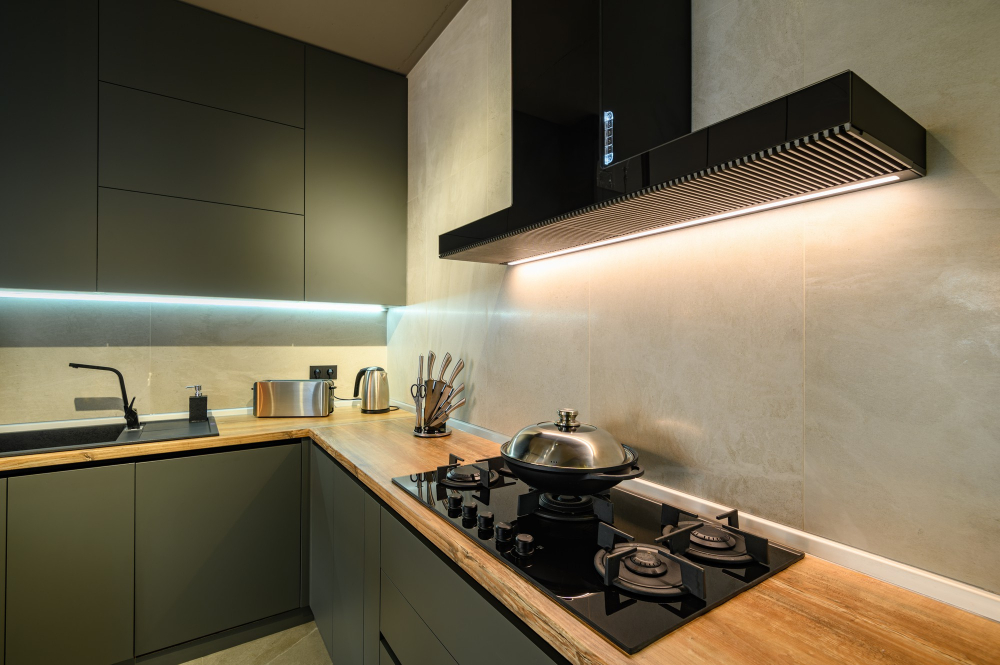
During a remodel, you have the opportunity to update your lighting fixtures to better suit your needs and preferences. Consider installing recessed lighting for general illumination or pendant lights over an island or dining area for task lighting.
Under-cabinet lights are also popular options that provide additional task lighting while adding ambiance to the room. You may also want to consider dimmer switches so that you can adjust the brightness level according to different activities in your kitchen.
When selecting new light fixtures, keep in mind both style and functionality. Choose pieces that complement other design elements in your kitchen while providing adequate illumination where needed most.
Selecting a Backsplash

This element can tie together all the other design choices in your kitchen, from cabinetry to countertops. There are many options available, including tile, glass, metal and stone.
When choosing a backsplash material consider its durability and ease of maintenance as well as how it will complement or contrast with other elements in your kitchen. For example if you have chosen white cabinets then perhaps adding some color through tiles could be an option.
It’s also important to think about the size and shape of tiles that would work best for your space; larger tiles can create an illusion of more space while smaller ones may add texture or pattern.
Creating a Temporary Kitchen
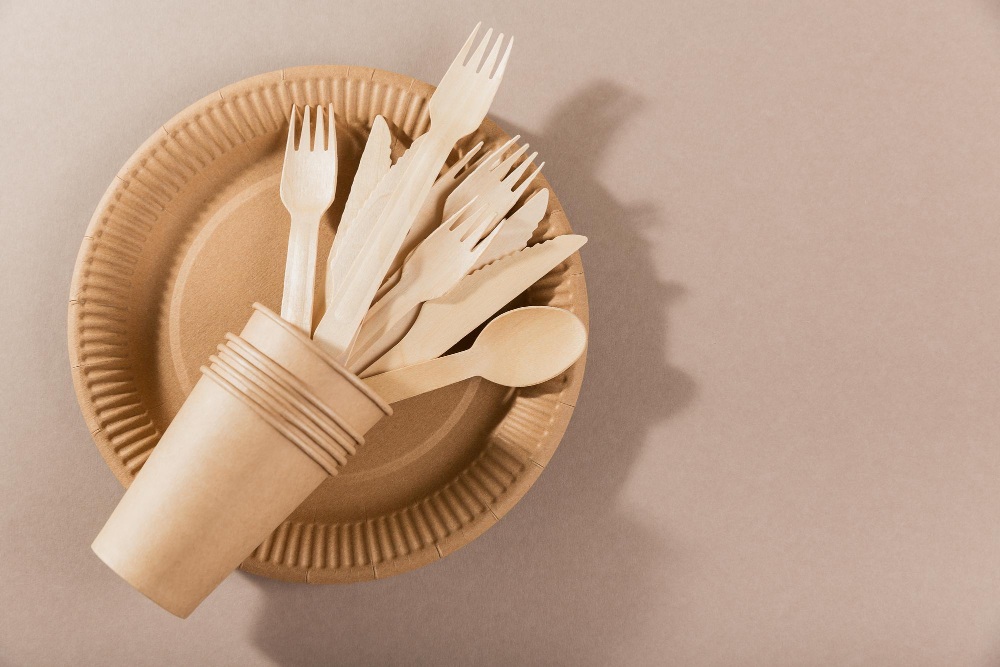
This is where creating a temporary kitchen comes in handy. You can set up an area in another part of your home with some basic appliances, such as a microwave, toaster oven, and hot plate or portable induction cooktop.
You may also want to invest in disposable plates and utensils for easy cleanup. Consider setting up an outdoor grill or using your slow cooker for more elaborate meals.
It’s important to plan ahead when it comes to meal prep during the renovation process. Make sure you have all necessary ingredients on hand before construction begins so that you don’t have to make multiple trips outside of the house.
Organizing a Packing Strategy

Before the renovation begins, you’ll need to pack up all your kitchen items and store them in another part of your home. This can be overwhelming, but with some careful planning and organization, it doesn’t have to be.
Start by decluttering your kitchen and getting rid of any items that you no longer use or need. Then create an inventory list so that you know exactly what needs to be packed away.
Use this list as a guide when packing boxes so that everything is accounted for.
Label each box clearly with its contents and where it belongs in the new kitchen layout (e.g., “pots & pans,” “dishes,” “utensils”). This will make unpacking much easier once the renovation is complete.
Consider investing in sturdy plastic bins or containers instead of cardboard boxes as they are more durable and can protect fragile items better during transport.
Designate an area outside the construction zone where all packed-up belongings will go until they’re ready for their return trip back into place after completion.
Establishing a Timeline

Before you start any work, it’s essential to have an idea of how long the project will take and what tasks need to be completed at each stage. This will help you plan your temporary kitchen setup, organize packing strategies, and ensure that everything runs smoothly.
When creating your timeline, consider factors such as demolition timeframes, delivery schedules for new appliances or materials needed for construction work. Also factor in unexpected delays like weather conditions or unforeseen issues with plumbing or electrical systems.
It’s also crucial to communicate regularly with your contractor throughout the process so that everyone is on the same page regarding timelines and expectations. By having clear communication channels established from day one can help avoid misunderstandings later on down the line.
Preparing for Demolition
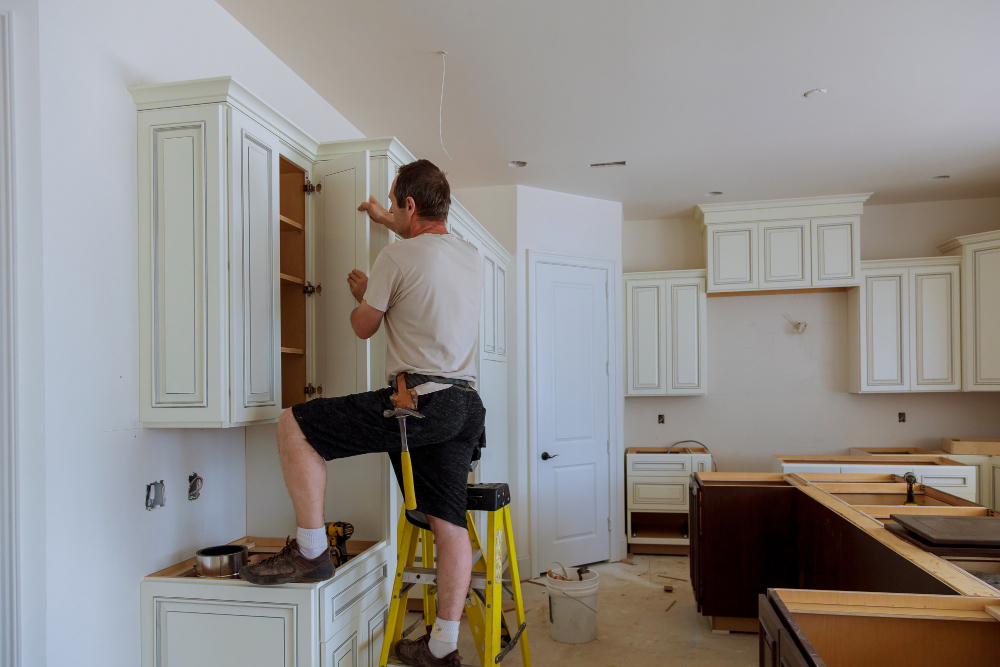
This involves removing all appliances, cabinets, and countertops from the space. You may also need to take down walls or remove flooring depending on the extent of your remodel.
To prepare for demolition day, start by clearing out everything in your kitchen that isn’t nailed down. This includes dishes, pots and pans, small appliances like blenders or coffee makers – anything that could get damaged during construction should be removed from the area.
Next up is disconnecting any gas lines or electrical connections leading into your kitchen so they don’t pose a hazard during demo day. If you’re not comfortable doing this yourself (and most people aren’t), hire a professional plumber or electrician to handle it for you.
Finally comes protecting other areas of your home from dust and debris generated by demolition work in progress; cover floors with drop cloths if necessary as well as furniture nearby which can be affected by flying debris such as drywall dust etcetera.
Coping With Construction Noise

The constant banging, drilling, and sawing can be overwhelming and disruptive to your daily routine. To cope with this issue, consider investing in some noise-canceling headphones or earplugs to block out the sound.
You may also want to schedule activities outside of your home during peak construction hours or plan for quiet time in another part of your house.
Another option is to talk openly with your contractor about scheduling noisy work during times when you are away from home or at least minimizing it as much as possible while you’re there. Communication is key here; make sure that everyone involved understands how important it is for you to maintain a peaceful living environment throughout the renovation process.
Managing Dust and Debris

Demolition, construction, and installation all generate significant amounts of dust that can quickly spread throughout your home. Not only is it unsightly, but it can also be harmful to your health if inhaled.
To minimize the amount of dust that spreads throughout your home during a kitchen remodel, consider sealing off the work area with plastic sheeting or tarps. This will help contain any airborne particles within the workspace.
Make sure to cover any furniture or belongings near the work area with drop cloths or plastic covers to protect them from damage.
It’s also important to regularly clean up any debris as soon as possible using a vacuum cleaner equipped with a HEPA filter. This type of filter captures small particles like those found in construction dust more effectively than traditional filters.
Ensuring Safety During the Remodel
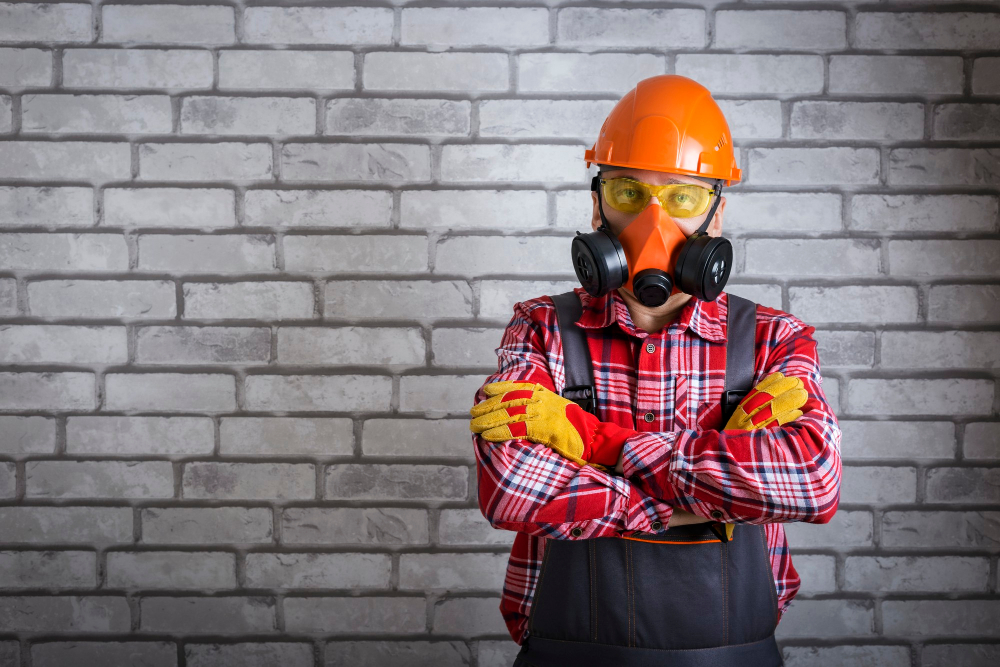
With all the tools and equipment being used, it’s important to take precautions to prevent accidents. One of the first things you should do is make sure that everyone in your household knows about the renovation project and understands what areas are off-limits.
If you have children or pets, consider setting up a temporary play area in another part of your home.
Another safety consideration is ensuring that all workers on-site are licensed and insured professionals who follow proper safety protocols. Before hiring any contractors or subcontractors for your kitchen remodel, ask for proof of insurance coverage as well as references from previous clients.
It’s also essential to keep walkways clear during construction by removing any tripping hazards such as rugs or furniture from work areas. Ensure that electrical outlets near water sources like sinks are covered with waterproof covers.
Always wear protective gear when entering construction zones such as hard hats and closed-toe shoes if necessary.
Addressing Unexpected Issues
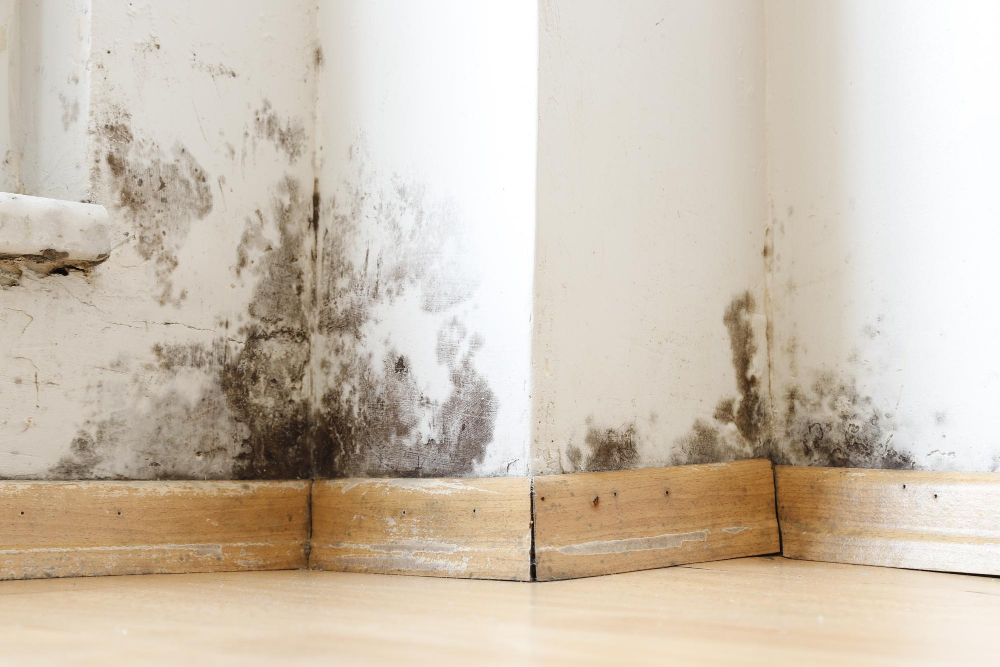
It’s important to be prepared for these surprises and have a plan in place to address them. One common issue is discovering hidden damage or structural problems that need attention before the renovation can continue.
This could include water damage, mold, or even faulty wiring.
If you encounter any unexpected issues during your kitchen remodel, don’t panic! Take some time to assess the situation and determine what needs to be done next. Talk with your contractor about possible solutions and work together on developing a plan of action.
It’s also essential to keep an open line of communication with your contractor throughout the entire process so that they are aware of any concerns you may have as well as potential challenges they might face while working on your project.
Maintaining Communication With Contractors

From the initial planning stages to the final walkthrough, it’s crucial to keep in touch and stay informed about what’s happening in your home.
Make sure you have a clear understanding of who will be your primary point of contact throughout the project. Establishing regular check-ins can help ensure that everyone is on track and any issues are addressed promptly.
It’s also essential to communicate any changes or concerns as soon as they arise. Don’t wait until something becomes a major problem before bringing it up with your contractor.
Remember, good communication goes both ways! Be receptive to feedback from contractors and be willing to make adjustments if necessary.
Celebrating Your New Kitchen

It’s time to invite friends and family over for a dinner party or host a brunch in your brand-new kitchen. Take some time to enjoy all the hard work that went into creating this beautiful space.
As you bask in the glow of your newly renovated kitchen, take note of all its features and how they make life easier for you. Maybe it’s having more counter space to prepare meals or being able to cook with high-end appliances.
Perhaps it’s enjoying natural light streaming through new windows while sipping coffee at your breakfast nook.
Whatever it is, be sure to appreciate every detail that went into making this dream come true! And don’t forget about those who helped make it happen – thank them with heartfelt gratitude and maybe even send them home with leftovers from an amazing meal cooked in your brand-new kitchen!
FAQ
What is the hardest part of a kitchen remodel?
The hardest part of a kitchen remodel is determining the appropriate style and pattern that aligns with the initial concept while considering the functionality and usage of the space.
How stressful is a kitchen remodel?
A kitchen remodel is highly stressful for homeowners due to constant disruption, mess, and inaccessibility of appliances and items.
How can I live without a kitchen during renovation?
To live without a kitchen during renovation, set up a temporary kitchen area with a work surface, access to sockets, utensils, and a sink for washing purposes.
What are the most essential items to have on hand during a kitchen renovation?
Essential items during a kitchen renovation include a temporary cooking setup, portable storage, cleaning supplies, and easy meal options.
How can one maintain a clean and organized living space throughout the remodeling process?
To maintain a clean and organized living space during remodeling, it is essential to plan ahead, designate specific areas for work and storage, and consistently clean and declutter throughout the process.
What are some creative meal solutions to use when the kitchen is inaccessible during renovation?
Consider utilizing appliances like slow cookers, electric grills, or microwaves, as well as opting for no-cook meals and takeout to create varied meal options during kitchen renovations.




